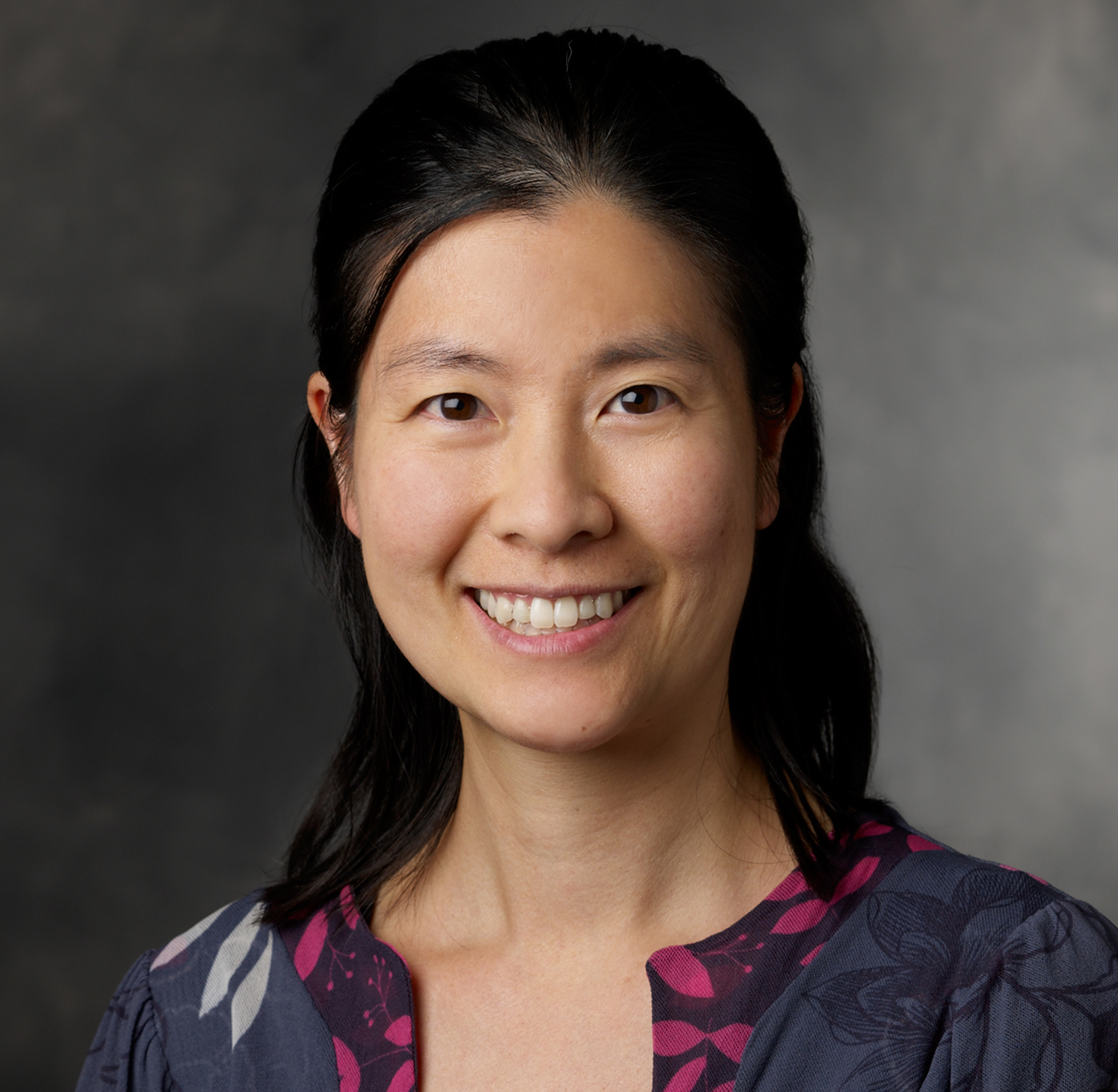Project title: Elucidating the origin of pulmonary carcinoids and molecular diversity of human neuroendocrine cells
Christin Kuo, MD Stanford University

- Status: Active
- Year(s): 2024
- Grant Type: Investigator
- Research Type: Basic
- Primary Tumor Site: Lung
- Area of Inquiry: Carcinoid tumors of the lung, Pro-oncogenic drivers in NET
Description
What critical problem/question will researchers try to answer?
Neuroendocrine tumors arising in the lung and other organs are diverse with variable clinical presentations and courses. Even within an organ, tumors differ in their clinical, cellular, genetic, and molecular characteristics. Our team aims to systematically identify the cellular and molecular diversity of normal human pulmonary neuroendocrine cells in the airway regions where most lung carcinoids form and identify the cell origin of human carcinoids. These studies address an important gap in understanding the physiological, signaling, and stem cell functions of neuroendocrine cells in the larger, central airways.
Why is this important?
To develop personalized therapies for individual tumors, we must first understand the normal cellular and molecular diversity within human neuroendocrine cells to identify the cells that can transform into tumors and how this occurs. We recently found by single cell RNA sequencing that mouse and human neuroendocrine cells are extraordinarily diverse, each expressing a large number (5-18) and distinct combination of hormones/neuropeptides. The profiles of the first human carcinoids analyzed resembled that of one of the rare human neuroendocrine cells.
What will the researchers do?
Our research team will obtain human lung neuroendocrine cells from large airways by excising airways from specific locations in the proximal regions where lung carcinoid tumors form. Using a newly constructed cellular map of human lung neuroendocrine cells as a guide, we will identify individual neuroendocrine cells, which are normally exceedingly rare (< 0.1% of epithelial cells), and identify the genes they express. Next, carcinoid tumors from patients will be dissociated to single cells and the complete gene expression profiles of tumor cells obtained by single cell sequencing. These comprehensive profiles will be compared to those of normal neuroendocrine cells, and the expression patterns of new genes will be confirmed by mapping in human lung tissues.
How might this improve treatment of neuroendocrine cancer?
We recently discovered extraordinary cellular diversity of normal human neuroendocrine cells and the first lung carcinoid tumor we studied by single cell RNA sequencing showed tumor cell profiles resembled the profile of a single, normally rare neuroendocrine cell. These studies suggested that the rare human neuroendocrine cell was the source of the carcinoid tumor. Finding the specific molecules expressed by these rare cells could lead to developing selective drug targets that target only the neuroendocrine cells that cause lung carcinoids. These would lead to more effective therapies and more personalized treatment plans because individual tumors may originate from different types of lung neuroendocrine cells.
What is the next step?
Identifying the specific progenitor cells that give rise to different lung neuroendocrine tumors establishes a foundation for isolating them and our team has a comprehensive understanding of their anatomic locations to facilitate these next steps. We will also generate panels of candidate targets that are predicted to be excellent molecular targets for diagnosis and treatment of lung neuroendocrine tumors, thus providing a valuable resource for subsequent studies.
Additional Details
- City: Stanford
- State: California
- Country: United States
- Grant Duration: 2 years
DISCLAIMER
NETRF funds laboratory research to understand the development of neuroendocrine tumors and translational research to explore new concepts in treatment. Research grant descriptions and research updates from NETRF are not intended to serve as medical advice. It can take years for research discoveries to be fully validated and approved for patient care. Always consult your health care providers about your treatment options.
